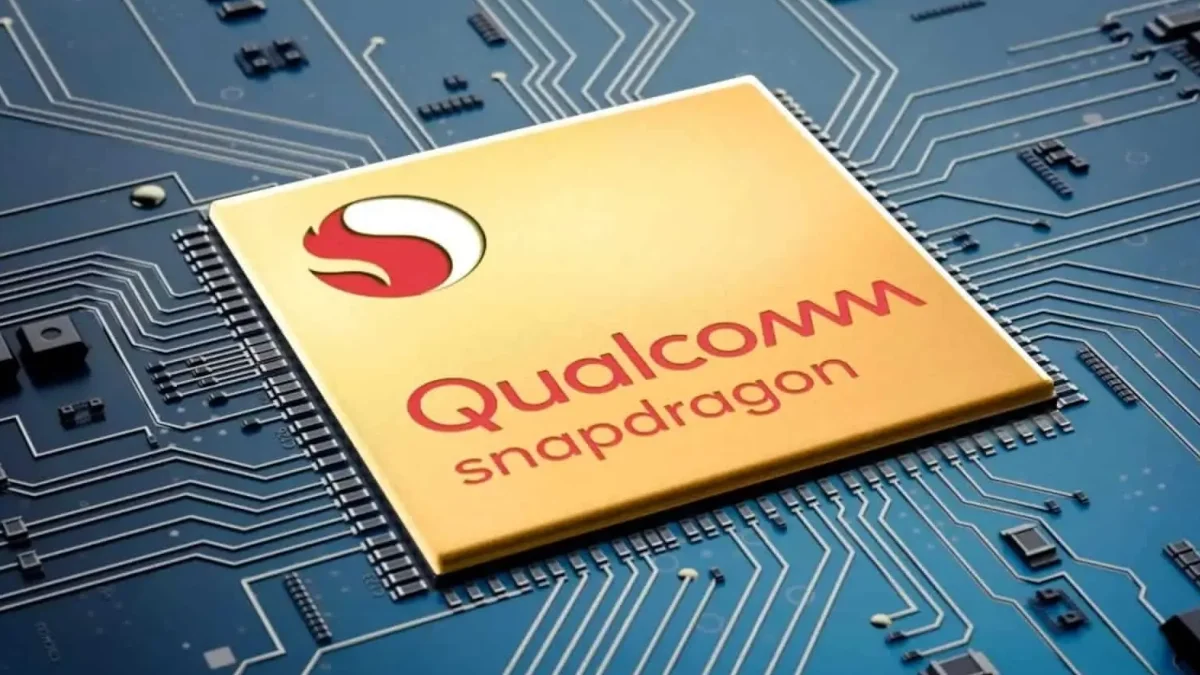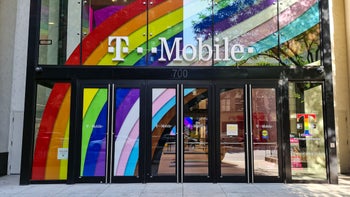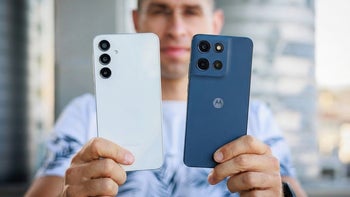Huawei escapes U.S. chip ban by buying 4G Snapdragon chips instead of 5G

Last month Huawei's current chairman Guo Ping explained that procuring chips was the biggest problem that the Chinese manufacturer has. That's because last May, the U.S. announced a change in export rules that block a foundry using U.S.-based technology from shipping advanced cutting-edge chips to Huawei. That includes chips designed by Huawei's own Kirin semiconductor unit.
Sourcing chips is Huawei's biggest problem currently says its chairman
The chairman said in August, "At present, the biggest difficulty for us is the mobile phone business. As we all know, chips for mobile phone need advanced technology as they are small and have low power consumption. Huawei can design its own chip but no one can manufacture it for us. That's where we (are) stuck." But Huawei reached a solution for the camera-centric flagship P50 series.

A customized 4G Snapdragon 888 chipset powers the Huawei P50 line
Normally released around the first quarter of the year, this year's P-series had a split launch with the P50 Pro made available in August and the P50 expected to launch this month. Huawei found a way to abide by the letter of the new export rule while still equipping its new flagships with a powerful chip that is just short of being cutting-edge. The P50 line is powered by the Snapdragon 888 SoC manufactured by Samsung Foundry using the 5nm process node.
Huawei expects to use 4G only versions of the Snapdragon 778G chipset and next year's Snapdragon 898 heavyweight
While this is the same chip that powers Android heavyweights like the Galaxy S21 line, the Galaxy Z Fold 3, and the Galaxy Z Flip 3, Qualcomm sells the component to Huawei without support for 5G. According to a Weibo post from Digital Chat Station (via GizChina), Huawei will also order 4G versions of the Snapdragon 778G chipset for its phones not considered to be flagship models (like the rumored Nova 9 series). And when the Snapdragon 898 is unveiled next year, Huawei will use a 4G version of that chip for next year's flagship phones.
Speaking of the Nova 9 series, these phones are expected to be unveiled this month. Based on the filings that Huawei had to submit for China's 3C certification system, the Nova 9 will be made up of two models offering fast charging. The base model charges at 66W while the premium model charges at 100W. The Nova 9 is expected to be equipped with a 4500mAh battery compared to 4000mAh for the Nova 9 Pro. The design of the Nova 9 series will reportedly resemble that of the Nova 8, sporting an oval-shaped rear camera module in the upper left corner.
Huawei's Mate series flagship line usually features the company's most technologically advanced phones each year. The Mate 50 line, which normally would be released during the fourth quarter this year, is being delayed into 2022. This means that they could end up powered by the Snapdragon 898 chipset although they will support 4G connectivity only, not 5G.
The last Huawei-designed chip to find its way inside a Huawei phone was the Kirin 9000 SoC. The latter was used to power last year's P40 and Mate 40 lines. The chip was produced by TSMC using the foundry's 5nm process node. Before the U.S. chip ban, Huawei was TSMC's second largest customer after Apple. But the U.S., calling Huawei a national security threat, worries about the manufacturer's alleged ties with the communist Chinese government.
After being blocked from accessing its U.S. supply chain in 2019, Huawei has been forced to develop its own operating system and ecosystem to replace the Google version of Android. Huawei's HarmonyOS 2.1 is the latest version of its operating system and Huawei Mobile Services (HMS) has over 700 million users at last count. It also has the third largest number of registered developers with over 2.7 million signed up for HMS.
Follow us on Google News














Things that are NOT allowed:
To help keep our community safe and free from spam, we apply temporary limits to newly created accounts: